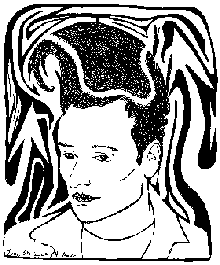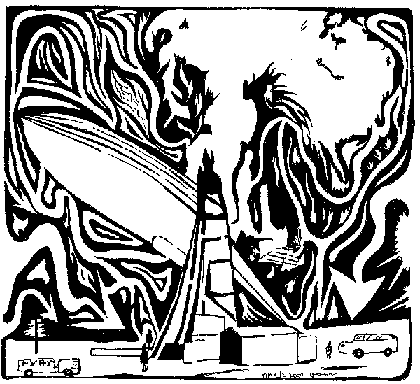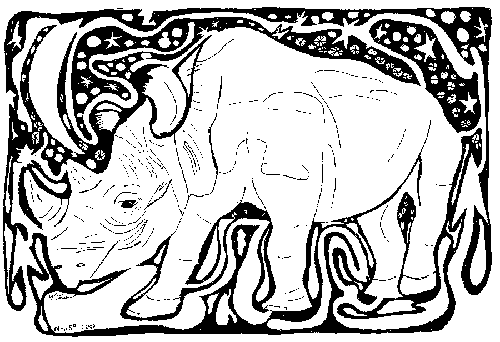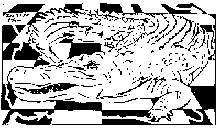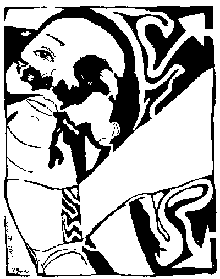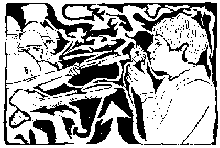- guardian.co.uk, Monday 22 June 2009 21.59 BST
- Article history
Shortly after 5pm on Saturday afternoon, Hamed, an Iranian asylum seeker in the Netherlands, took a frantic call from a friend in Tehran.
"A girl has just been killed right next to me," the friend said. It had all happened quickly. A young woman, chatting on her mobile phone, had been shot in the chest. She faded before a doctor, who was on the scene, could do anything to help.
There was more. Hamed's friend, who does not want to be named, filmed the incident on his phone. Within moments the footage had landed in Hamed's inbox. Five minutes later it was on YouTube and Facebook.
Within hours it had become one of the most potent threats faced by the Iranian regime in 30 years.
"He asked me, is it possible to publish everything right now," Hamed said. "I published it on YouTube and Facebook and five minutes later it started to get many emails and messages and it published everywhere.
"It shocked me very, very much and I was sure at that time everyone in the world if they see this movie they'll be shocked, and I felt that I must broadcast it because I try to show to the world what is going on in my country."
The killing of Neda Soltani, the grisly images of blood spreading across her face, have become perhaps the defining sequence in the 10-day uprising against the regime in Tehran, a gruesome manifestation of Ayatollah Ali Khamenei's threat to use force on the tens of thousands of people contesting the outcome of the presidential election.
Soltani is being mythologised as a martyr to the opposition's cause, a rallying call for a protest movement in need of a hero. Her image has been printed on placards brandished during clashes in Tehrantoday.
The footage is disturbing. Her eyes open, Soltani seems to radiate a calmness at odds with the panic surrounding her as she lies in the road after being struck by a bullet.
For the authorities, it was clearly unsettling. They quickly moved to ban the victim's family from holding an Islamic funeral, apparently for fear of creating a figure that could unite and revive the battered opposition.
The details surrounding Soltani's death are as sketchy as her own story. She was 26, a philosophy student and a part-time travel agent, according to those who knew her. She was no rock thrower at the vanguard of a movement for regime change , but, according to her fiance, Caspian Makan, a young woman who may have ended up in the wrong place at the wrong time.
Makan said she had been in a car in central Tehran with her music teacher when they were caught in a traffic jam. He said the pair had left the car to escape the heat.
It was when she was walking down Karegar Street talking on her phone that the shot rang out.
"Neda's aim was not Mousavi or Ahmadinejad, her target was her country," Makan said, adding that although she hadn't planned on demonstrating, she was sympathetic to the protest movement.
In the footage she is wearing jeans, white trainers, a dark shirt and a headscarf, suggesting a middle class and relatively emancipated young woman.
Several men are shown frantically trying to save her life as blood from her wounds rapidly develops into a large pool beside her.
Reports vary on who fired the fatal shot. Some sources suggested it was a Basij volunteer on a motorcycle, while others have attributed it to a marksman on the roof of a nearby house.
Others said she may have been targeted because she was using a mobile phone, one of the opposition's most important tools.
Another video said to be of Soltani, taken just before she was shot, shows her standing among a crowd of protesters, some of whom are heard chanting "death to the dictator" and "Allahu Akbar".
Like much of the footage that has emerged from Tehran in recent days, the authenticity and circumstances behind the video could not be verified.
But Soltani was quickly lionised by an engaged online community inside and outside Iran. Some have even started writing songs in her memory to accompany the web footage.
One song, by a singer called Pourang Azad, contains the lyrics: "You left and thousands of flowers grew, you left and my patience finished … Your loving look is full of demand. Sleep, sweet lady of Iran."
The incident has taken on an added poignancy from the meaning of Soltani's first name. Neda, an Arabic word used more commonly in literary rather than spoken Farsi, conveys the spiritual meaning of "call" or "voice".
The authorities are acutely aware of the threat posed to them by her killing. They only agreed to release her body on condition that her family agreed to a quick burial on Sunday in the sprawling Behesht-e Zahra cemetery on the outskirts of Tehran.
A memorial service planned for the Nilufar mosque in the capital's Abbasabad neighbourhood was called off after officials expressly forbade it. All other mosques in the Tehran area have been warned against holding services in her memory.
But that may not be enough to stop Soltani becoming a martyr, a status revered in Shia Islam, the dominant sect in Iran. Under the creed, mourning ceremonies are held for the dead on the third, seventh and 40th days after their passing.
During the unrest that presaged that 1979 Islamic revolution, processions on the 40th day of mourning for fallen protesters became landmarks that created the momentum to topple the shah's regime.

